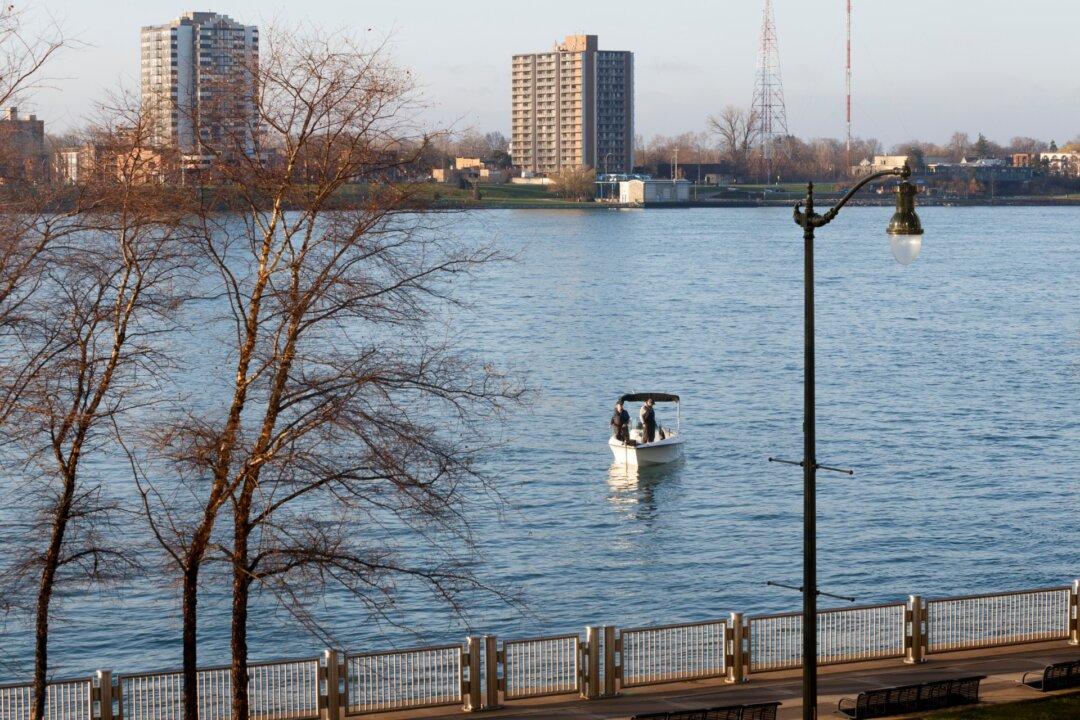The Liberals’ new luxury tax, which applies to the sale of new luxury vehicles and aircraft priced over $100,000 and boats with a price of over $250,000, will end up eliminating 400 to 870 full-time jobs, according to a finance department report.
“A Study on the Potential Economic Impacts of the Select Luxury Items Tax Act” said the tax will have a direct effect on Canada’s gross domestic product (GDP), a measure of a country’s economy, according to an internal federal finance department report dated March 2023.





